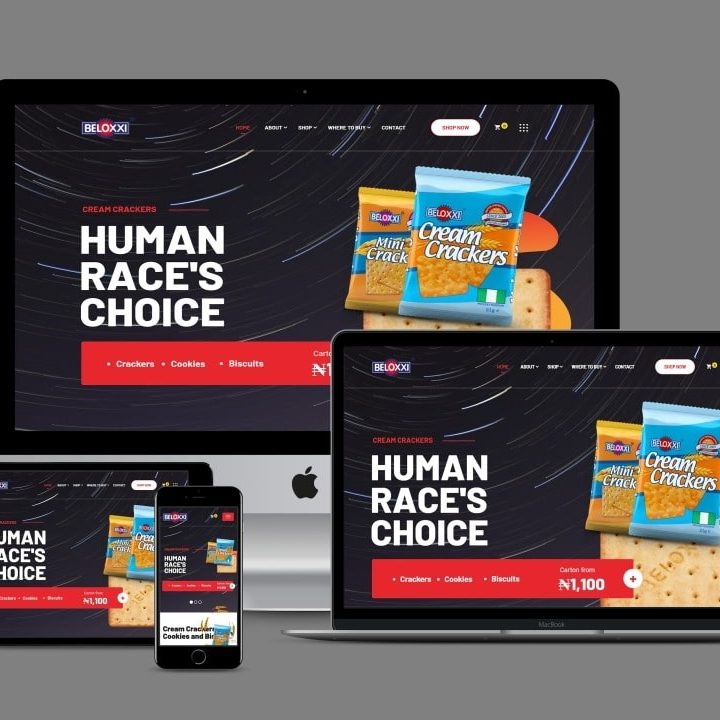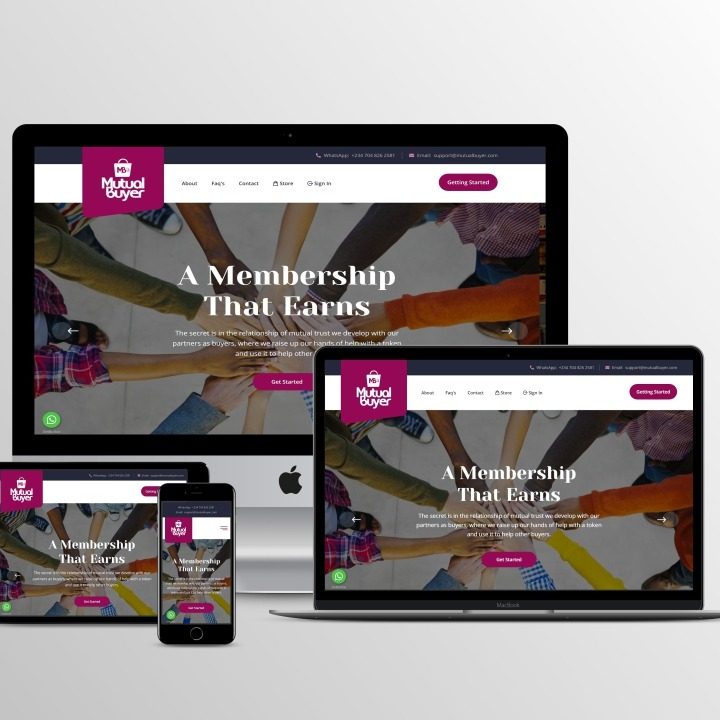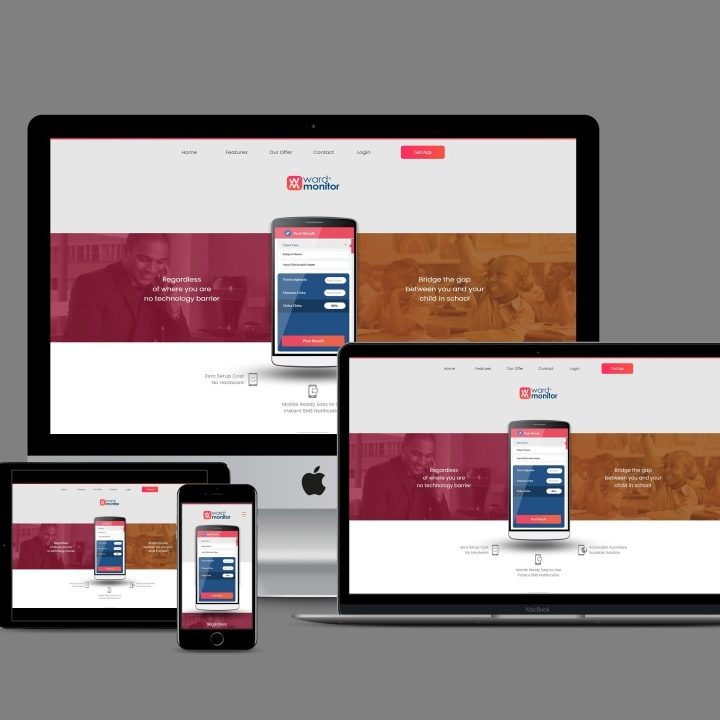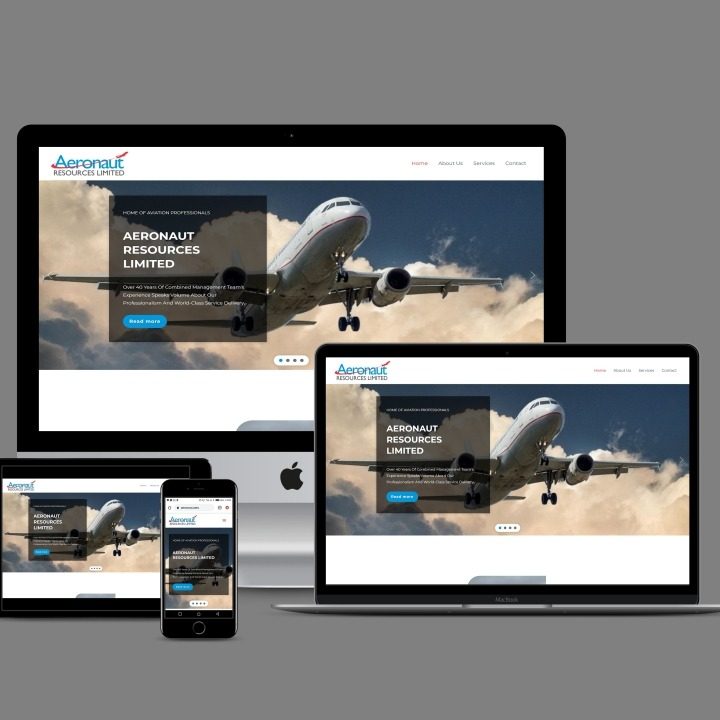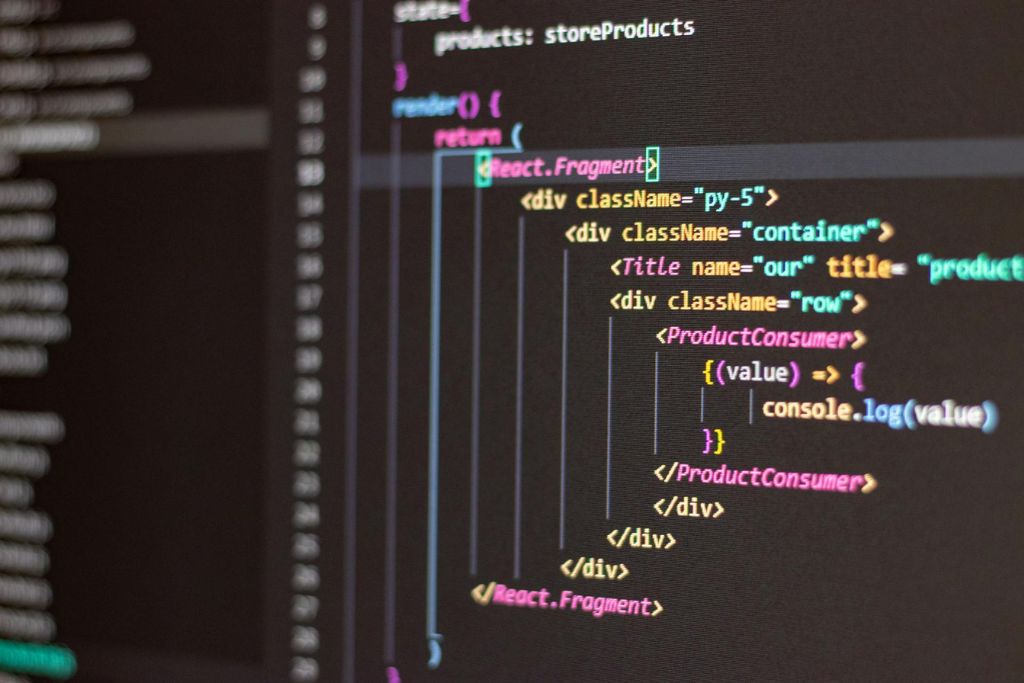Full Stack Web Development Course – What You Need to Know
A full stack web development course typically covers all the essential technologies and skills needed to develop both the front-end and back-end components of a web application. Here’s what you might expect to learn in such a course:

HTML/CSS
These are the building blocks of web development. HTML (HyperText Markup Language) is used for structuring web pages, while CSS (Cascading Style Sheets) is used for styling them.
JavaScript
JavaScript is the programming language of the web. You’ll learn how to use it to add interactivity and dynamic behavior to web pages.
Front-end Frameworks
You might learn popular front-end frameworks like React.js, Angular, or Vue.js. These frameworks help you build more complex and interactive user interfaces efficiently.
Backend Development
You’ll learn how to build the server-side of web applications. This often involves learning a server-side language like Node.js (JavaScript), Python (with frameworks like Django or Flask), Ruby on Rails, or Java (with frameworks like Spring Boot).
Databases
You’ll learn about database management systems (DBMS) and how to interact with databases using SQL (Structured Query Language). Common databases you might encounter include MySQL, PostgreSQL, MongoDB (a NoSQL database), or SQLite.
APIs (Application Programming Interfaces)
You’ll learn how to create and consume APIs to allow communication between different parts of a web application or between different applications altogether.
Version Control
You’ll likely learn how to use version control systems like Git, which are essential for collaborating with other developers and managing changes to your codebase.
Deployment
You’ll learn how to deploy your web applications to web servers or cloud platforms like Heroku, AWS, or Azure.
Security
You’ll learn about common web security vulnerabilities and best practices for securing web applications against attacks like Cross-Site Scripting (XSS), Cross-Site Request Forgery (CSRF), and SQL Injection.
Testing and Debugging
You’ll learn various techniques and tools for testing and debugging your web applications to ensure they work as expected and are free of errors.
DevOps
Some courses may cover basic DevOps principles, including continuous integration/continuous deployment (CI/CD) pipelines, containerization with Docker, and configuration management with tools like Ansible.
Project Work
Typically, you’ll work on projects throughout the course to apply what you’ve learned in real-world scenarios, possibly culminating in a final capstone project where you’ll build a complete web application from scratch.
Overall, a full stack web development course aims to provide you with a comprehensive understanding of both front-end and back-end technologies, enabling you to develop and deploy fully functional web applications independently.

Sharyph, an X (formally Twitter) tech influencer provided a self-learning plan for 200 days to become a full stack web developer. However, with our experienced tutors, employing one-on-one training approach, you can become a full stack web developer in a shorter time by enrolling for our Full Stack Web Development Course at the Academy arm of GreenWare Tech.

